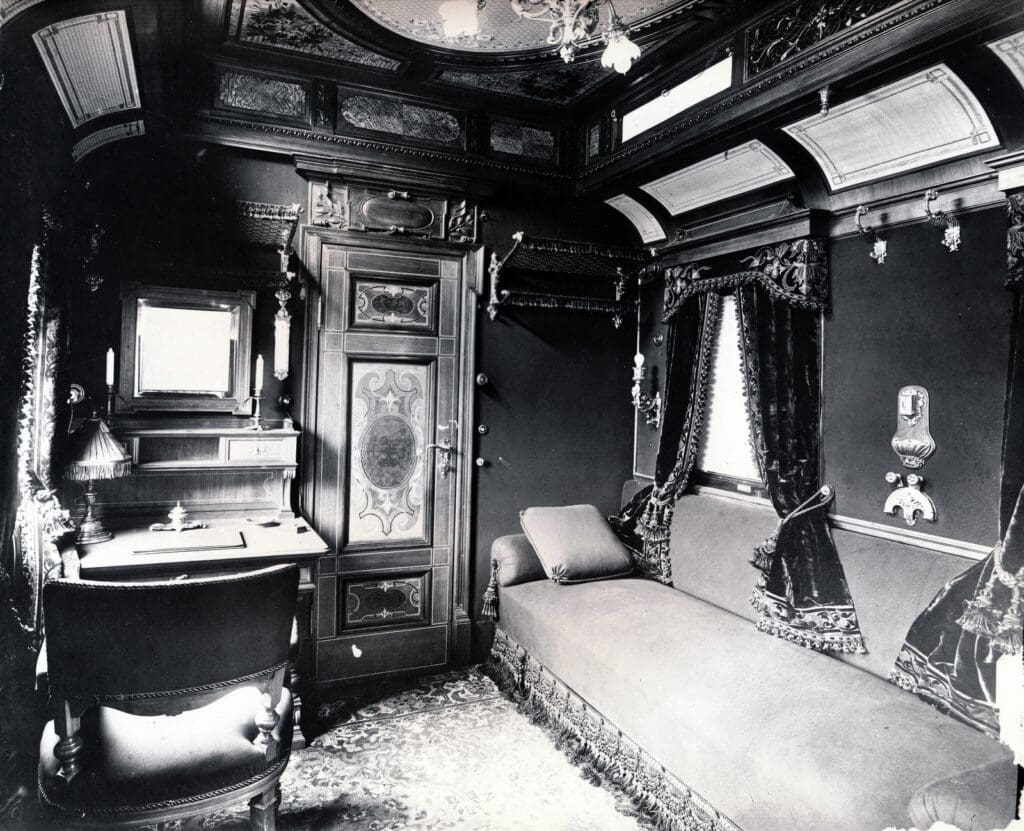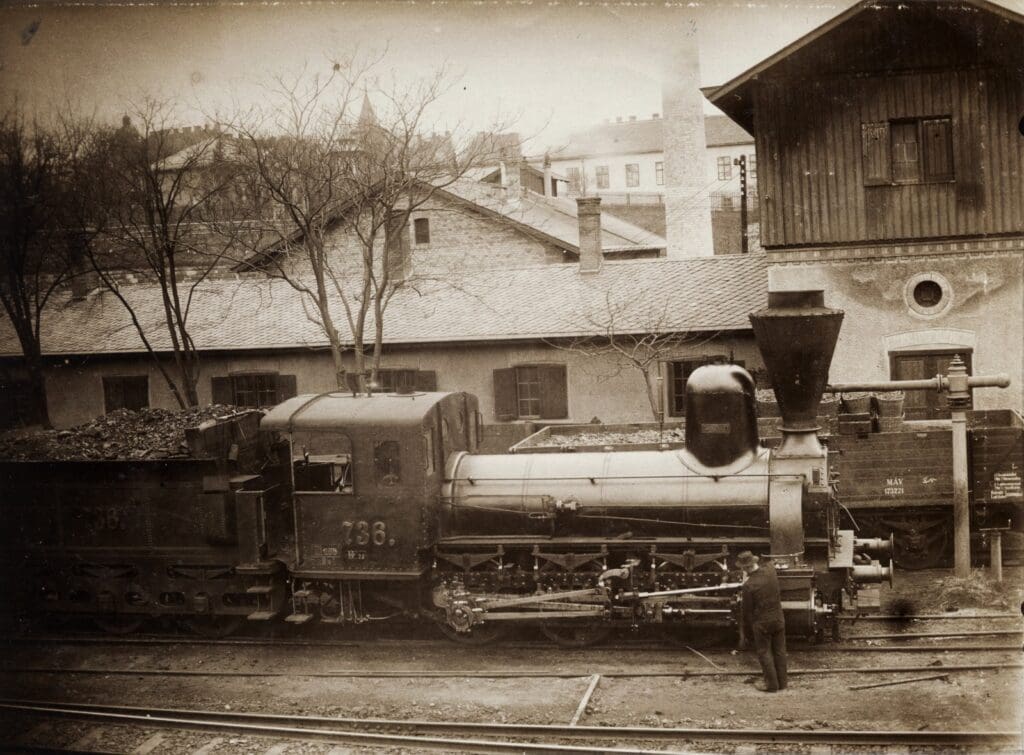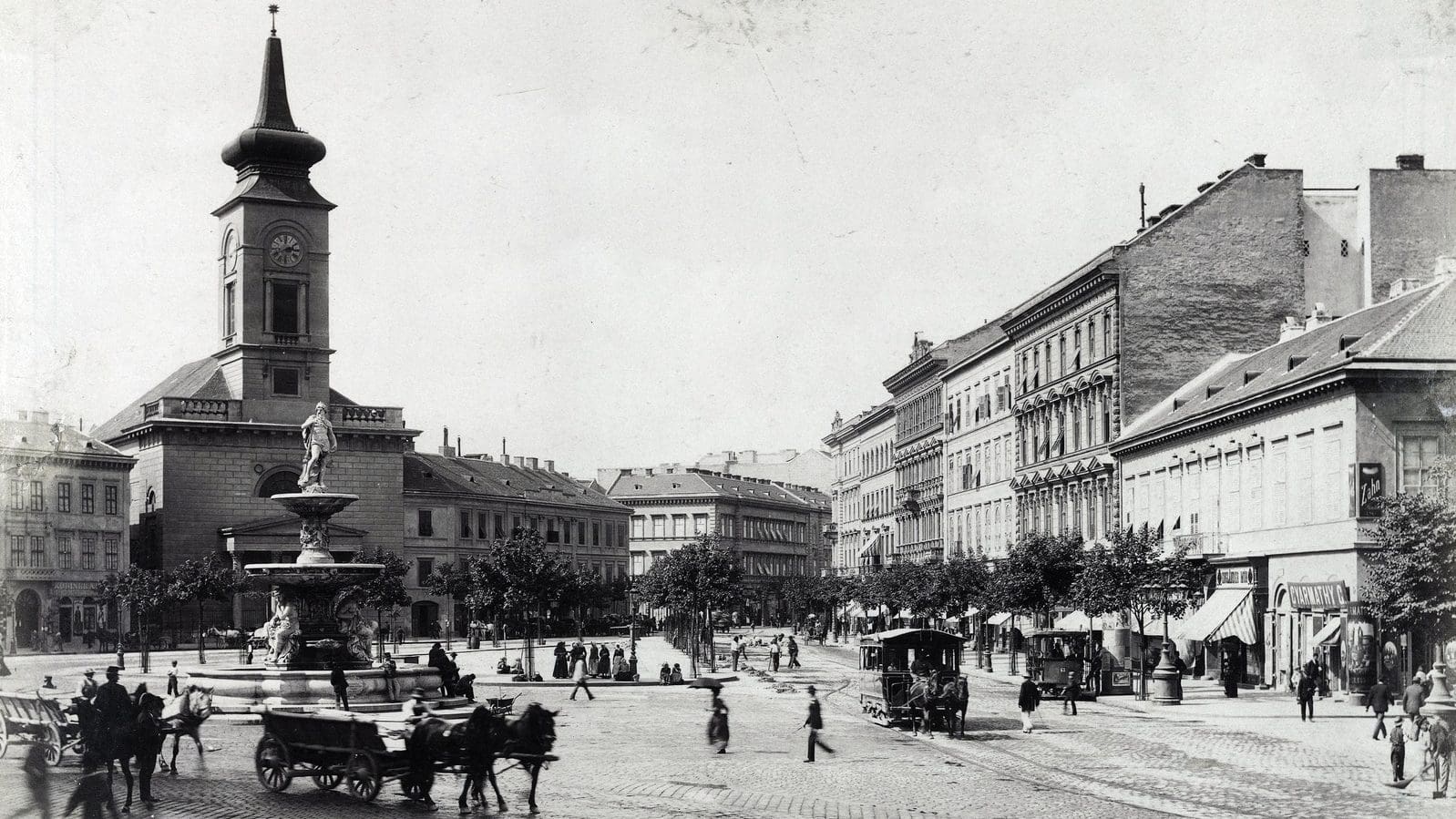One might wonder how and with what means of transport people travelled in Budapest before the introduction of today’s railway network and modern means of transport. The capital’s transport network now connects all points of the city, but efforts to this aim were already underway in the 19th century. At the beginning of the 1800s, the city administration of Pest was working on providing different means of transport, mainly railways, which made it easier for all classes to move around the capital.
In Pest, the so-called horse-drawn railway system was available from the 1820s, which enabled ‘mass’ transport within the city. These carriages already ran on rails, and the cars were pulled by one or two horses, depending on their size.
The first and one of the busiest lines of the horse-drawn railway ran from Kálvin Square to Újpest.
In 1826, a number of plans for the modernisation of the horse railway were created, as at that time, the establishment of a more comprehensive network not only within the city centre but also on the outskirts was on the agenda. Although most of the plans were successfully realised, some difficulties also arose, one of which regarded the plan of a new railway connecting Pest and Kőbánya. Eventually, the plan was cancelled due to the inadequacy of the beams supporting the rails. In addition, the issue of the load capacity of the horses also raised several problems.
It took several decades to realise that the plan of the horse railway within a more comprehensive network had to be abandoned, and instead, the achievements of modern technology and the opportunities provided by steam engines had to be used. Following the example of the London steam locomotive railway, which was considered the pioneer of modern inland transport, the plan for the first Hungarian steam locomotive railway was drawn up in 1844, only twenty years after the world’s first steam locomotive railway was put into operation in London.

The first trial run took place in 1845, from Pesti Indóház (today’s Nyugati Railway Station) to the Palota district (today’s Rákospalota, 15th district). The new steam locomotive railway’s opening ceremony was attended by Joseph Anton, Archduke of Austria and Palatine of Hungary, and his family, too. The new steam locomotives consisted of seven wagons with 50 seats in each car, and they covered 1.6 kilometres in 14 minutes.
Thanks to the initial successes, the Hungarian State Railways (Magyar Államvasutak, MÁV) was officially established in July 1846, which also gave birth to the first Hungarian steam locomotive named Buda, travelling between Pest and the city of Vác, with a journey time of 59 minutes.
The next railway line in the direction of Szolnok was inaugurated in 1847, and then came another one in 1848, carrying passengers between the Austrian city of Marchegg and Bratislava. This line
can be considered the first ‘international’ railway line between today’s Austria and Hungary.
In addition to the establishment of the Hungarian State Railways, the issue of railway stations was soon placed on the agenda. Despite the fact that Count István Széchenyi had previously proposed the construction of the four main railway lines at several Diets, the construction plans for the railway stations in today’s sense were only drawn up in the middle of the 19th century. Nevertheless, it is worth noting that Hungary was still at the forefront of European public transportation with regard to the construction of the first railway stations.
The Nyugati (Western) Railway Station (previously the Pesti Indóház) was built in 1846, and it was from here that the first ever railway line started. Due to increasing traffic and space constraints, the building of the Pesti Indóház was eventually demolished, and between 1874 and 1877, the Nyugati Railway Station, designed by the company of Gustave Eiffel was erected in its place. Nyugati has been in operation without interruptions under its present name since 1892.
The Északi (Northern) Railway Station was built in the 1860s in Kőbánya, and became one of the central railway stations for coal transport between the cities of Pest and Salgótarján. There were several attempts to increase passenger traffic from this station as well, but due to under-use, it finally closed down in 2005.

The Déli (Southern) Railway Station opened in 1861 with a modern look, unlike the other railway stations. At that time, it was a huge breakthrough that the railway line expanded to the area of Buda as well. The station finally received its name in 1873.
The Keleti (Eastern) Railway Station began operations in 1884. Originally, it was the central railway station of the capital and the second busiest railway station of the era. It received its final name in 1892.
The predecessor of the Hungarian State Railways, the Hungarian Royal State Railways, was established in 1868. In the same year, the first horse-drawn railway between the Chain Bridge and the quarter of Zugliget in the 12th district was also launched, so the plan to expand the horse-drawn railway system within Budapest was finally attained, too.
In light of the above, we can say that by the end of the 19th century, Budapest had become a modern and liveable Western capital with an excellent transport network.
Related articles:
Click here to read the original article








